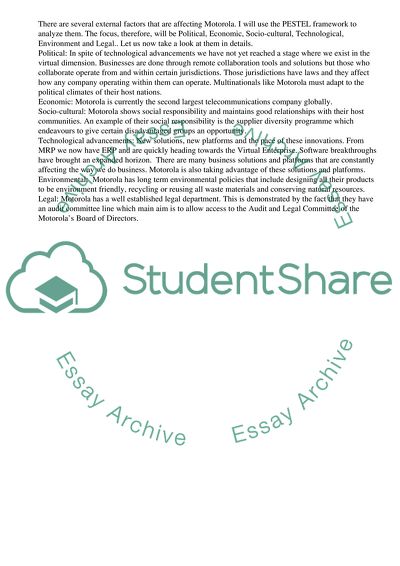Cite this document
(“Technology Strategy & Innovation Management Assignment”, n.d.)
Technology Strategy & Innovation Management Assignment. Retrieved from https://studentshare.org/business/1522287-technology-strategy-innovation-management
Technology Strategy & Innovation Management Assignment. Retrieved from https://studentshare.org/business/1522287-technology-strategy-innovation-management
(Technology Strategy & Innovation Management Assignment)
Technology Strategy & Innovation Management Assignment. https://studentshare.org/business/1522287-technology-strategy-innovation-management.
Technology Strategy & Innovation Management Assignment. https://studentshare.org/business/1522287-technology-strategy-innovation-management.
“Technology Strategy & Innovation Management Assignment”, n.d. https://studentshare.org/business/1522287-technology-strategy-innovation-management.


